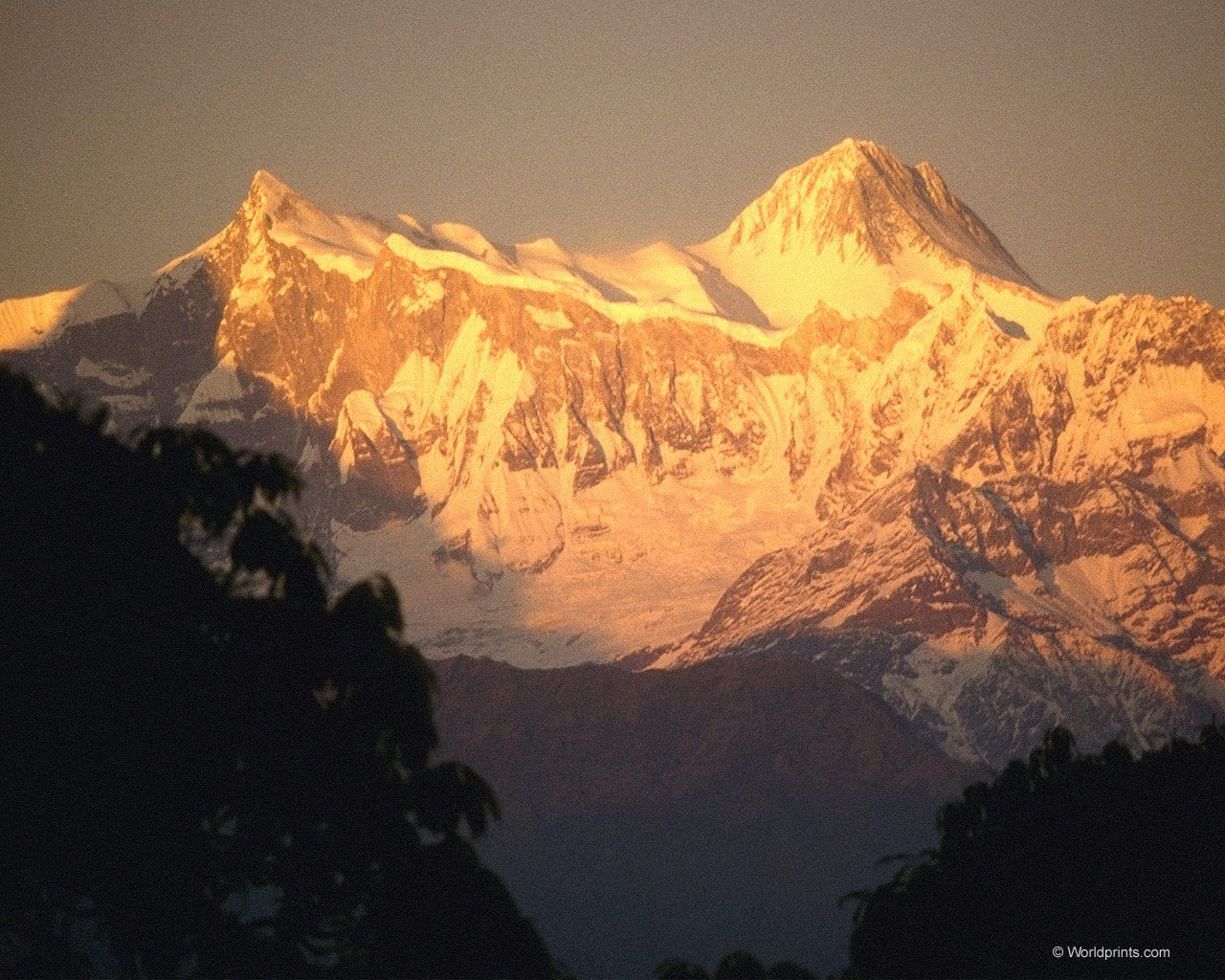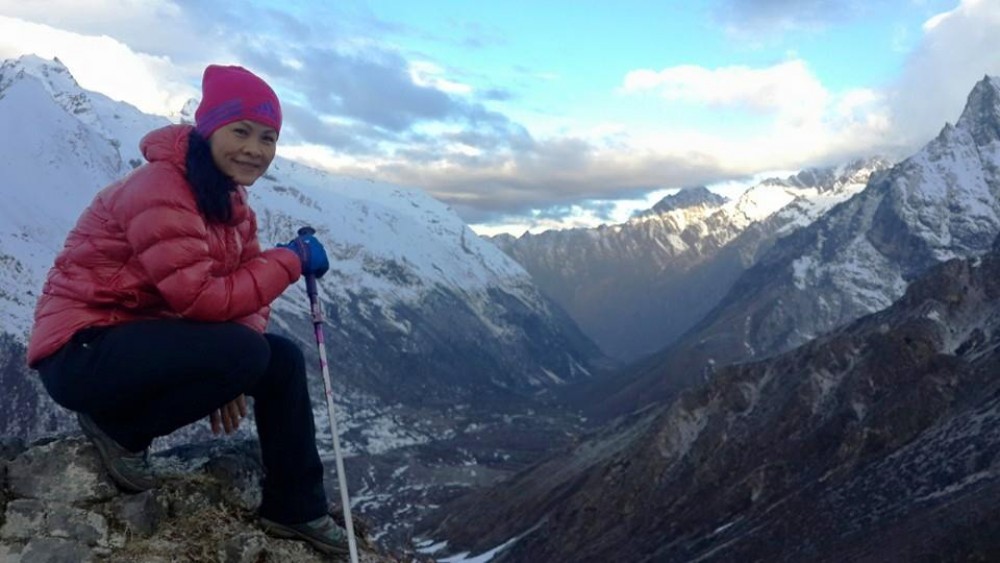Anapurna Base Camp Trek

Annapurna Base Camp Trek is the most popular trek in the Annapurna Region Trekking Package. It provides views of both cultural and natural beauties. Trekkers have always demanded and admired this route for trekking. At the end of the trek, the beautiful views around just turn to beautiful memories. This is the reason why explorers find it fascinating to get into this area.
Supplier of services: ClimberCA International Consortium. About Us
https://t.me/ClimberCA – telegram
WhatsApp / Viber +7966 065-53-44
e-mail – your@climberca.com
Note: ClimberCA offers to you the best service & the firm prices of all kind of services we offer on our web-pages. Some services, which we offer to you, are truly unexampled.
Trekking in Annapurna Base Camp Area takes you to the centre of the entire Annapurna Range. This place is perfect with magnificent design of the formation of mountains. The glaciers and snow-capped peaks around the area add a different flavour to the trek. Also, there is Annapurna Sanctuary surrounded by the high Himalayas of the Annapurna Range named Mt. Machapuchchre[6991m/22,936ft], Mt. Gangapurna[7454m/24,455ft], Mt. Annapurna 1[8091m/26,545ft], Unclimbed fang[7647m/25,088ft] and Annapurna south[7273m/23,861ft].



